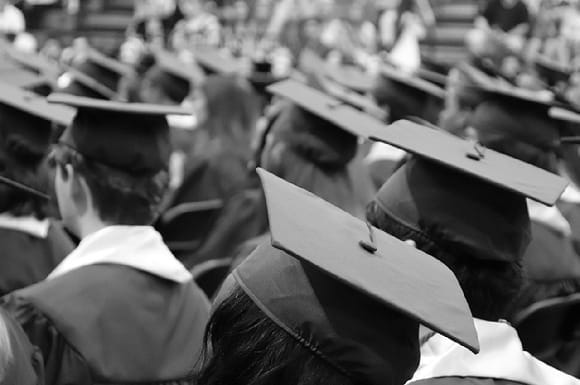Photo: Chinatown in Daerim-dong, Seoul. Credit: PTN, Co. Ltd.
South Korea is rapidly becoming multicultural, with 2.5m non-Korean nationals living in the country. The post-COVID reopening has stoked demand for immigrant workers: South Korea has 557k more foreign-born residents than it did in 2021, a 28.4% increase in just a year and nine months.
That increase, however, masks a steep decline in the largest inbound immigrant group: the Korean Chinese, or joseonjok 조선족. With their linguistic and cultural familiarity, as well as their relative ease in receiving long term visas, ethnic Koreans who grew up in China were early pioneers of immigration to South Korea beginning in the late 1990s. Since then, joseonjok service workers have been a common sight at restaurants, hotels and construction sites. Many of them put down roots in the newly sprouted Chinatowns in and around Seoul, most notably in the Daerim-dong 대림동 neighborhood of Yeongdeungpo-gu District 영등포구.
Between 2018 and 2023, the number of Korean Chinese living in Seoul declined from 121k to 69.7k - a 42.6% decline. Those who have stayed tend to be older and more established: 51.8% of the Korean Chinese living in Seoul are over 50 years old. The younger joseonjok are no longer coming to South Korea, as Seoul does not opportunities good enough to justify putting up with the harsh racism, which would not be an issue in large and increasingly prosperous Chinese cities. Taking their place, instead, are immigrants from Vietnam and Thailand.








